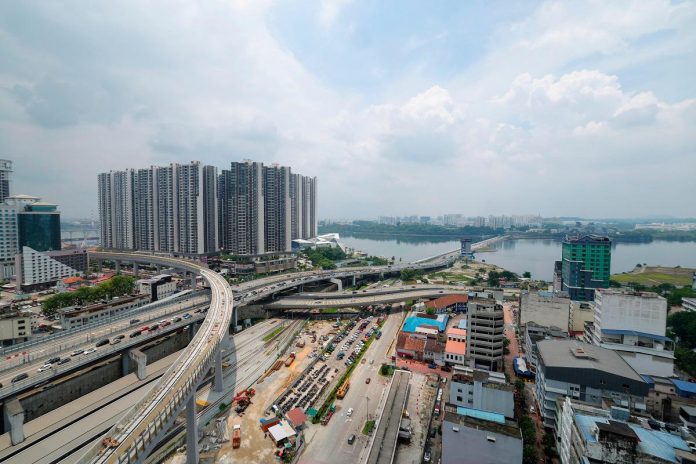JOHOR BAHRU: Johor recorded the highest Gross Domestic Product (GDP) growth rate among the states in 2024 at 6.4 per cent, surpassing the national average of 5.1 per cent, according to the Department of Statistics Malaysia (DOSM).
In a statement today, the DOSM reported that Johor’s GDP is valued at RM158.0 billion in 2024, supported by its strategic location in the southern part of Peninsular Malaysia, modern infrastructure network, major ports, and extensive and competitive industrial zones.
In 2023, Johor recorded a growth rate of 4.1 per cent, with its GDP valued at RM148.6 billion.
DOSM highlighted that the rapid development of data centres in the state is a key driver of economic growth, particularly in the services, manufacturing, and construction sectors.
“The services sector grew by 6.0 per cent, driven by large-scale investments in data centres.
“Notable expansions are seen in the finance and insurance subsectors, real estate, and business services, which grew by 8.7 per cent, alongside strong performances in the utilities, transportation and storage, and information and communication technology (ICT) subsectors, which grew by 6.0 per cent,” it said.
Johor’s construction sector surged by 42.7 per cent in 2024, fueled by building and civil engineering projects, including power substations, advanced cooling systems, and high-capacity fibre optic networks.
“This development of digital infrastructure, in turn, supports the manufacturing sector, which grew by 4.2 per cent, fuelled by non-metallic mineral products, basic metals and fabricated metal products, as well as electrical, electronic, and optical products, which posted 7.1 per cent and 1.9 per cent respectively,” DOSM added.
DOSM also reported that Johor is a major contributor to the nation’s agricultural output, accounting for 17.3 per cent of Malaysia’s Agricultural GDP in 2024.
It said that the state’s agricultural sector also expanded, rebounding by 4.2 per cent compared to a 1.3 per cent decline the previous year, mainly driven by higher palm oil production.
“This increase also boosted growth of vegetable and animal oils and fats products, as well as food processing, which expanded by 6.7 per cent, providing additional impetus to the overall growth of the manufacturing sector,” it added.








